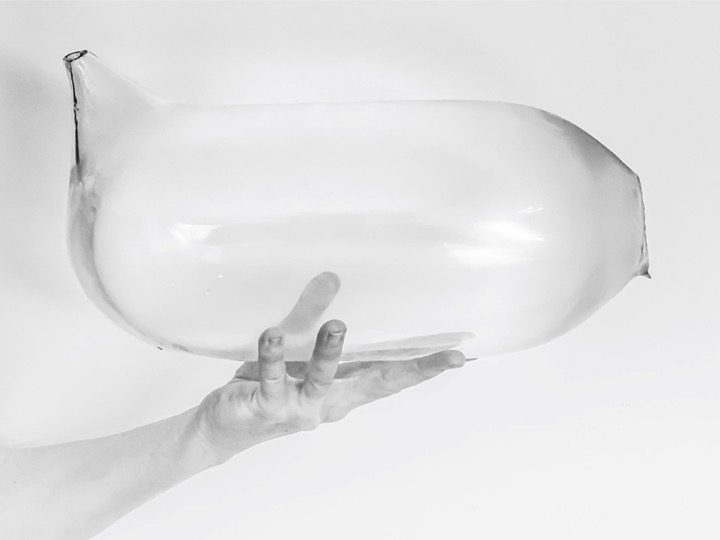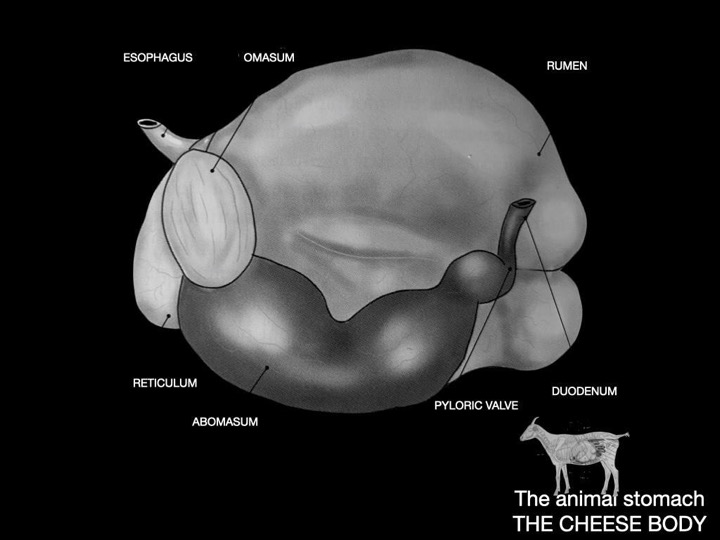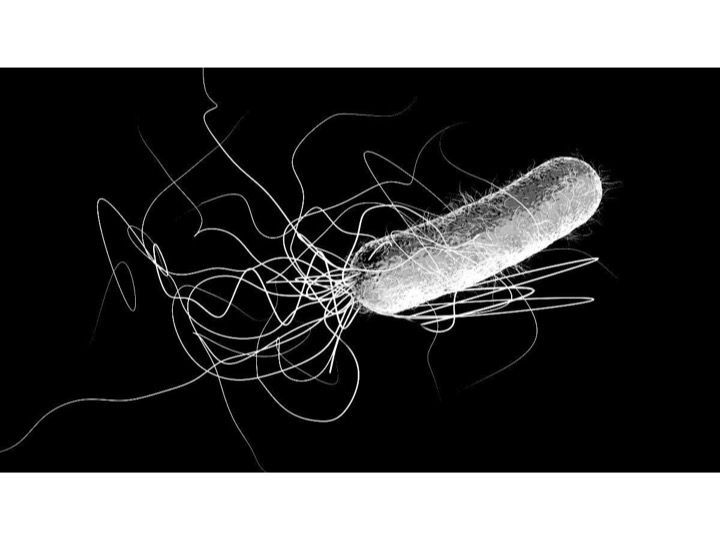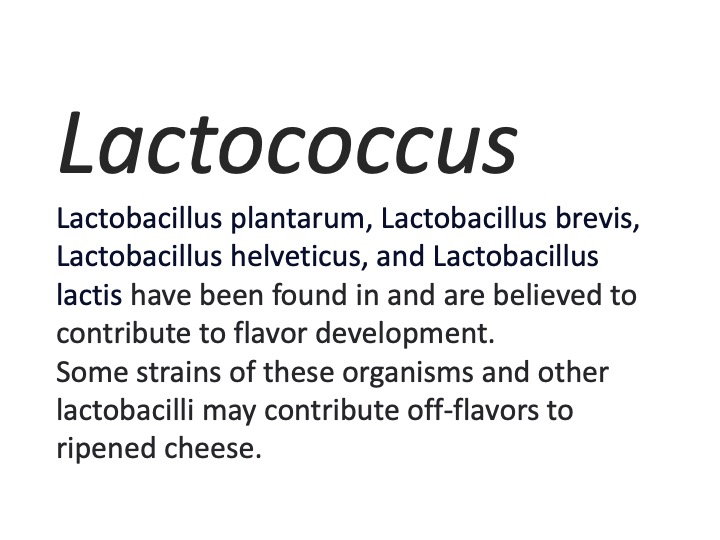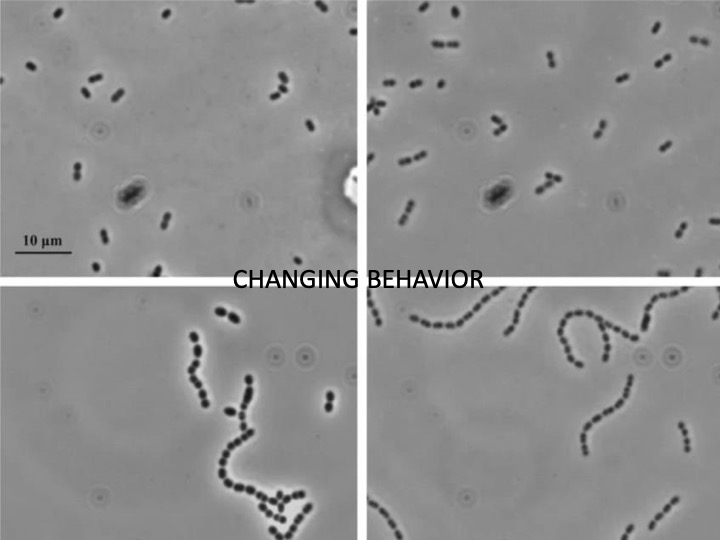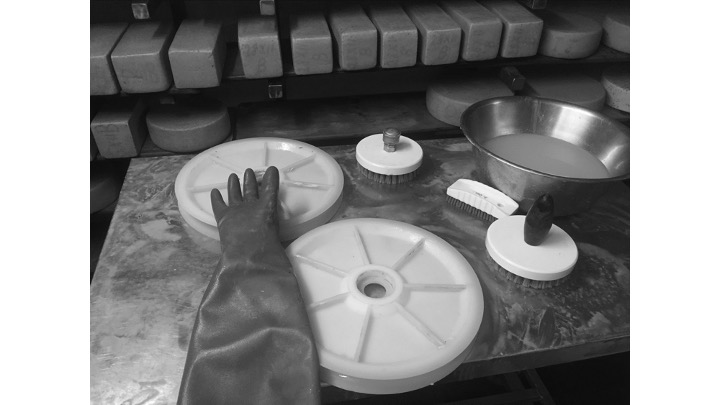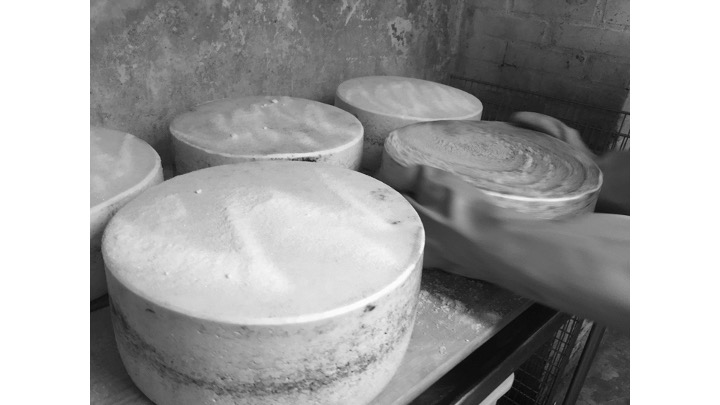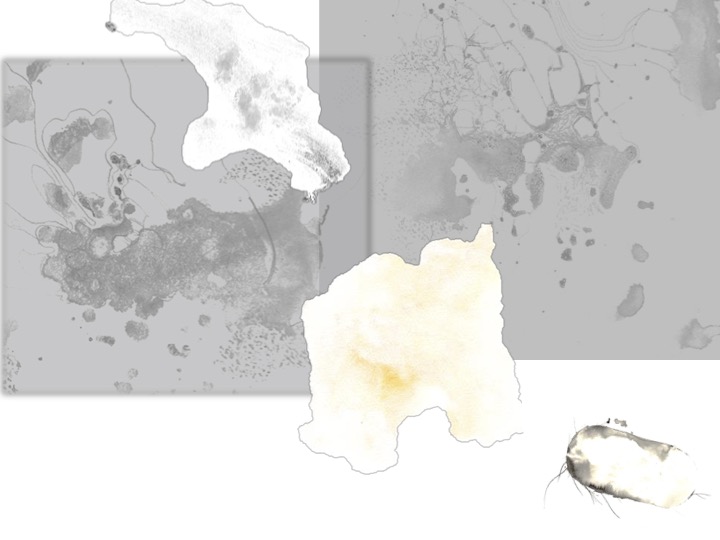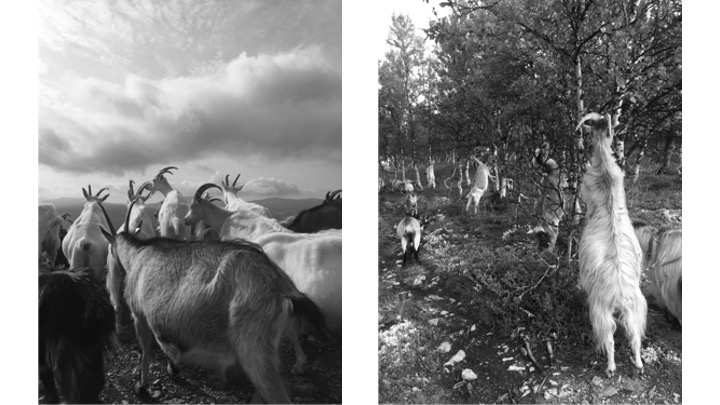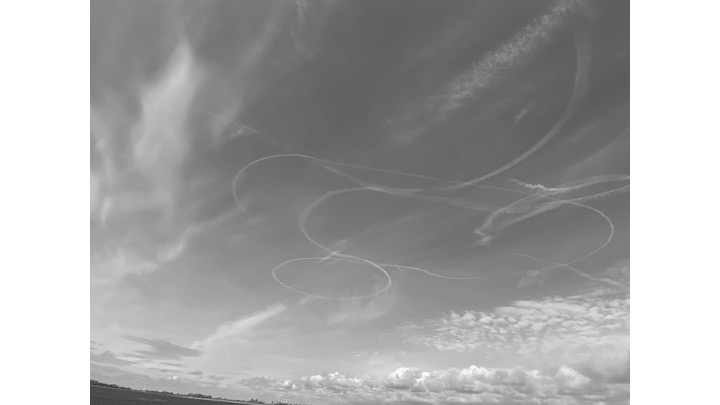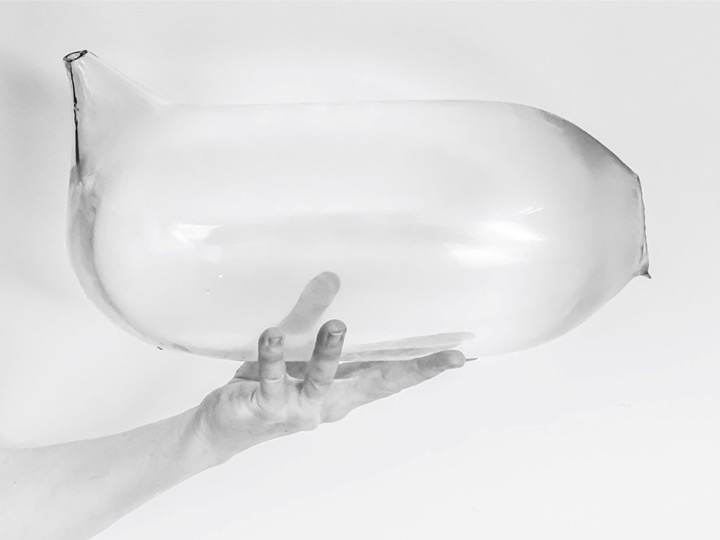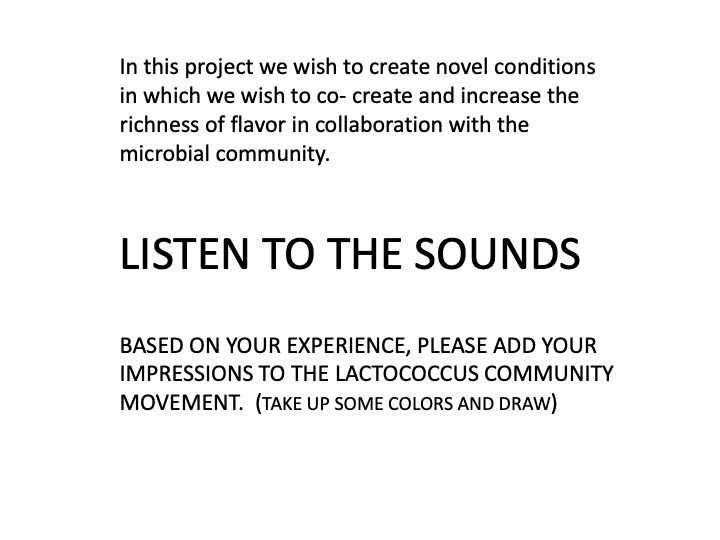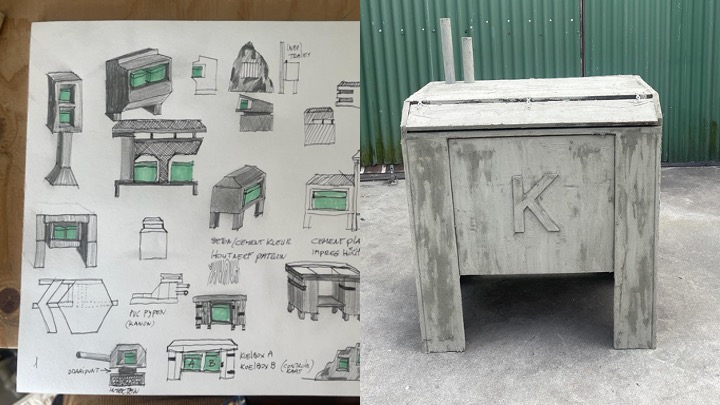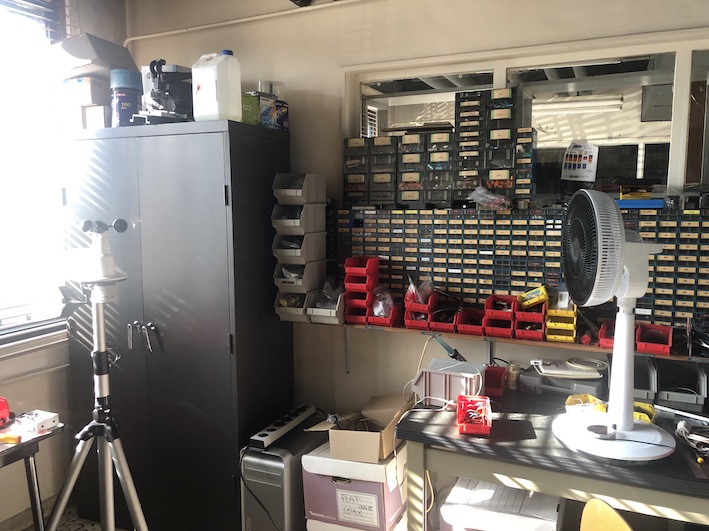The idea for Sonic Cheese came about while Judith van der Elst was working as a shepherd (in Germany, Norway and Italy) and as a cheesemaker on a biodynamic farm north of Hamburg (DL).
Cheesemakers are aware of the influence of music on the taste of cheese and in the old bunkers in Switzerland this is also used. However, it is not yet very well known that we can enrich taste through sound and music. We are changing that with this project.
The enthusiasm of the partners who are now actively contributing to the project is essential here!
– Judith van der Elst
Our sound design research for our Sonic Cheese plays into the dynamics of meteorological variables, temperature, precipitation, sun hours, humidity, wind and atmospheric pressure. The observations of these variables are collected highly accurately throughout the day and processed in real time.
Thus : The sonification process translates numerical weather data into sonic outputs.
For the sonification process I contacted Centre Henri Pousseur in Liège (Belgium) a Centre for research, production and performance for works of electronic music and mixed music. Patrick Delges (computer scientist) is helping with this sonification process.
We did our experimental indoor set-up of our system. We used a weatherstation kindly lent by : KRITECH & CO an institute that provides measurement instruments for the environment. How do you choose what kind of sonic output you want? We will start working with amplitudes and wavelength (in sound), working with ultrasound and infrasound and rhythm ; linking specific sonic parameters to the different weather observations. Whereby we develop an analogous system between parameters of weather data and sonic parameters. For example : Comparing changes in wind data with changes in amplitudes and or wavelength. In this way other data are also converted. Next : Analyzing the taste in relation to the sound. After this first proces we know the kind of taste we are after, we know what kind of sound we want. We can start creating site specific instruments for ripening the cheese. To be continued..
– Frouke Wiarda
